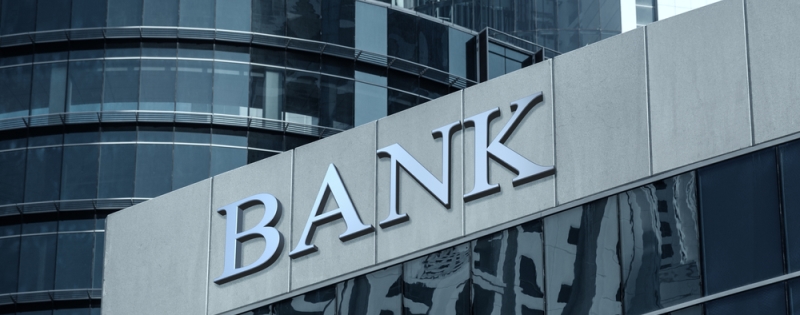A lot of financing and refinancing strategies among CRE owners have become waiting games. Hold until interest rates eventually go down — putting off loan maturities or new purchases as much as possible — until they can get themselves out of trouble.
One of the types of tools for floating rate interest loans have been interest rate caps, which offer some protection against the increase of interest rates when some benchmark like SOFR crosses a threshold. At least until the rate cap fees started jumping in 2020 and the costs started to crush transactionsby May. Things continued to get worse by October. And then … they kept getting worse. In 2023, the rate cap cost increases were crushing even more CRE transactions.
Concerns eventually started to ease as inflation seemed to be coming under control and there was a growing thought that the Federal Reserve would start cutting rates. Three times during 2024. Granted, that three cuts of probably 25 basis points each would be less than now, but the total 75-basis point amount wouldn’t be terribly compelling.
However, the thought of future rate cuts provided hope. Not now.
“The one-month forward curve shows that investors now think the secured overnight financing rate, or SOFR, which is closely related to the federal-funds rate, will be 4.825% at the start of 2025,” the Wall Street Journal wrote. “This implies up to two small cuts this year. Back in January, six cuts were expected.”
An improvement of cap rates had begun because the risk of the provider having to cover higher interest rates looked as though it would slow and then abate. Not now, because the expectation for rate cuts is becoming more pessimistic.
“The cost of these caps has become a major headache for property owners, according to Carol Ng, a managing director at risk-management firm Derivative Logic,” the Journal wrote. “The price of a one-year extension for an interest-rate cap on a $100 million mortgage at a 3% strike rate is now $2.1 million. Back in January, when the market expected more rate cuts, the same extension cost $1.3 million.”
But there are other estimates. Chatham Financial’s interest rate cap calculator looking at 3% constant SOFR strike rate on $100 million is almost $4.61 million, making that $2.1 million estimate look good in comparison.
Source: GlobeSt.









